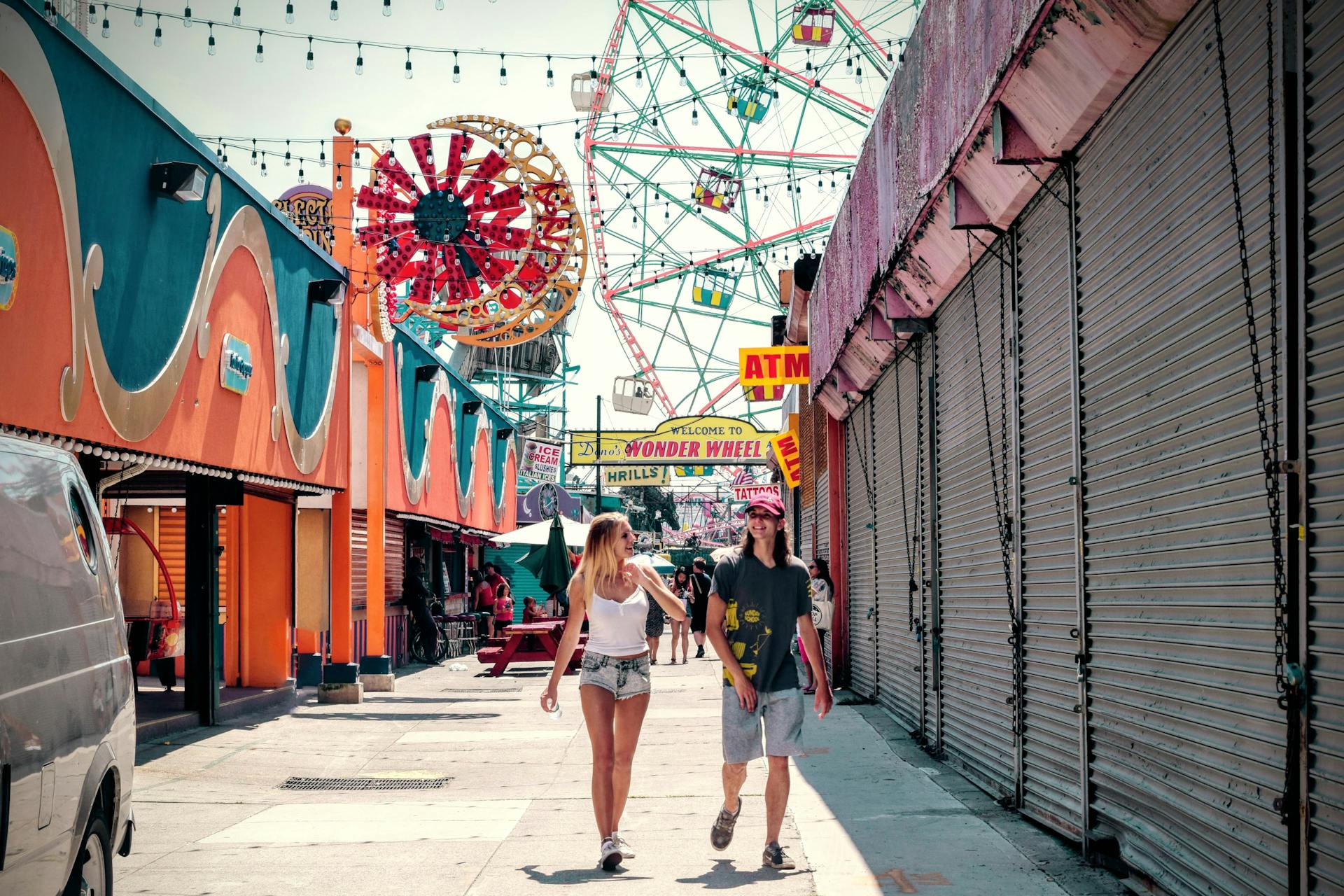According to Quora, an average person can process about 5 new pieces of information every second. This means that within a day, a human is processing more than 86000 or about 90 gigabytes of data. On the other hand, the article published by Fast Company mentioned that we are generating more information than ever thus making it more difficult to focus. It is said that attention is such a crucial ‘mental resource’ for any human being. This is the reason why we must create visuals that catch human attention and stick with their memory. In this article, we will walk you through the steps on how to create memorable event signage. In addition, you will also learn what things to consider in making event signages that stand out.
What Is Your Event’s Purpose?
Do not start designing without understanding the purpose of your event. It is important to understand your ‘why’ before the actual design kicks in. Each event holds different purposes and thus requires different approaches when it comes to communicating with your audience.
Below are just a few examples of the events and their purpose:
- Corporate Events - This kind of event holds high importance in professionalism, clarity, and positive impression. This also opens the door for networking opportunities.
- Weddings - This event is still considered formal with a mix of personalized style, and a touch of elegance.
- Festivals - This event uses fun, vibrant, and eye-catching designs. It should make the participants/audience feel relaxed and comfortable.
- Trade Shows - This is where branding is given importance and focus. The products and services offered by the company should be the highlight.
- Sports Tournament - This event should make people feel the spirit of sportsmanship, teamwork, and friendly competition.
- Birthdays - This is a fun and relaxing event to make the celebrant and celebrators feel important and happy at the same time.
Who Are Your Audience?
Your design must be aligned with your target audience. Who do you want to communicate with and what story do you want to tell them?
- Demographics: This is where you should consider how young or old your audience is. In addition, you should also consider their interests and preferences. What will make them interested in your product or services? How will you be talking to them through your design? What is the tone and voice of your messaging for them to remember your brand?
- Expectations: Once you have more information about your audience’s likes and dislikes, it’s easier for you to tailor-fit your messaging based on their preference.
What Are The Objectives Of Your Signage?
It is also important to understand first the objectives of your signages before kick-starting with the design. There are plenty of objectives that you can focus on depending on your campaign direction. Below are some examples.
Guidance - The signages are created to provide the right direction to the participants. There are the signages that you will often see in the registration area, comfort rooms, break-out rooms, first aid rooms, etc. The main purpose of these signages is to guide the attendees to specific areas. This is especially helpful if the venue is too large.
Information - The purpose of these signages is to provide specific information about a certain item, person, or event. You will see these signages providing information about a schedule, speakership, and topics of the session. Some of the informational signages outdoors inform the drivers of the next u-turn, or how many kilometers more towards the next destination.
Education - The purpose of these signages is to provide specific information that will educate the readers. These are common in museums or schools. The fan fact signage will provide its visitors with more information about a certain topic.
Branding - These are the signages that are created to highlight a specific brand. It aims to reinforce the use of the brand's identity through its logo, color themes, key visuals, and taglines. The signage for the event’s sponsors is a good example of this.
Engagement - The main purpose of signages such as this is to encourage participants to take action. This enhances the overall experience of the attendees through engaging signage.
What Is The Right Signage For You?
There are several types of signage you can choose from. Choosing the right one depends on the purpose of your campaign, your budget, your marketing KPIs, and several other factors. Below are just a few of the signs that you can choose from. You may also visit the product page of Everest Prints for more information on which product suits your needs the best.
Digital Signages - These include the use of monitors, LEDs, VRs, mobile phones, and other tech-related items to educate, inform, or guide the participants. In this modern age, you may get left behind if you don’t incorporate digital technologies with your marketing campaigns.
Floor Graphics - These are often used to guide participants for big venues. It will save them time and energy preventing them from getting lost in the array of things happening around during the event.
Welcome Signs - These signages help set the mood of the event. It helps give off a positive ambiance for the event.
Informational Signs - Imagine attending an event without any information displayed around. You don't have an idea who the next speaker is or what the next topic will be. You’ll eventually lose interest. That is why it is important to have informational signs displayed around the event place.
Banners and Posters - These are essential in promoting the key messages and highlighting the message that needs to be conveyed to the participants. You can also use the banners and posters to display the sponsors of the event.
Factors of Memorable Event Signages
Several factors need to be considered when designing your signage. Some of the factors involve the following.
Legibility - This pertains to how clear the messaging is from afar. Despite the proximity of the signage, people should still be able to read them. This is where the choice of font and font size comes in. Make sure that the design is clutter-free, straightforward, and simple. You can use color contrast to highlight the text in your designs.
Brand Consistency - This means that across all the signages in the event, there must be consistency in the color, images, logos, and other branding elements that are being used. By being consistent, it helps the brand stick out.
Imagery and Graphics - Make sure to invest in high-quality photos and images. As much as possible and if your resources are available, capture original photos. Schedule your product shoot. This will help your brand to stick out better and the design to be more original.
Choice of Materials - There are plenty of materials that you can choose from for your signage. Before making an order make sure to read the reviews of the manufacturer first. For banners and posters, you can choose vinyl, fabric, polyester, or a combination of these materials together.
Additional Tips
Apart from the ones stated above, you may also consider the following to make sure that your signages are not easily forgotten.
- Invest in Interactive Elements
- You can make use of modern technology such as social media walls, photo booths, augmented reality and QR codes in your signages.
- Ensure Quality through Testing
- Create mock-ups before coming up with the final design. Take time to do testing and iterate things as needed. Ask for feedback and reviews from different people to give you a better perspective on what to improve.
- Evaluate Placement
- Make sure to think strategically about where to place your signage. This should be placed in areas where the banners are easily seen by people. Remember that foot traffic and vehicle traffic should be considered. In addition, consider the area of placement where the signages would get damaged easily and can withstand weather changes should they be placed outside.
- Gather data
- Learn from your experience so that the next event can be improved. Gather as much information as you can. Understand the elements that make it easier for people to remember things during the event and which ones do not. Learn from the challenges and issues you have encountered.
By considering these factors, you can come up with a design that’s not easily forgotten. The goal is not only to have your participants have a positive experience but also to make sure that your brand is remembered even after the event is done.





